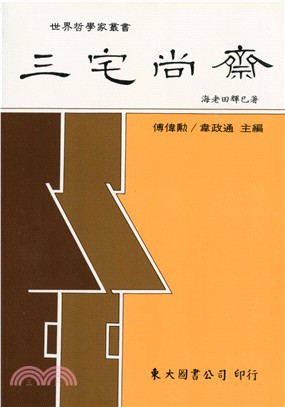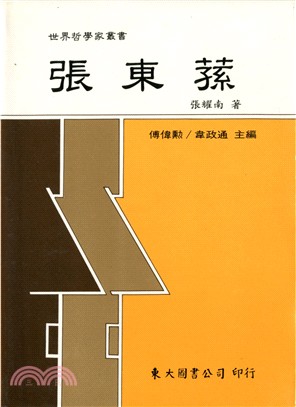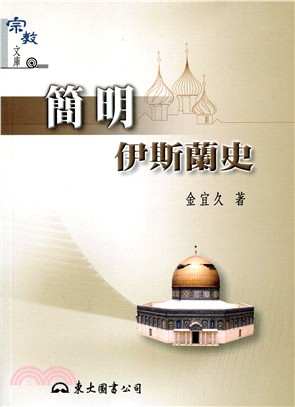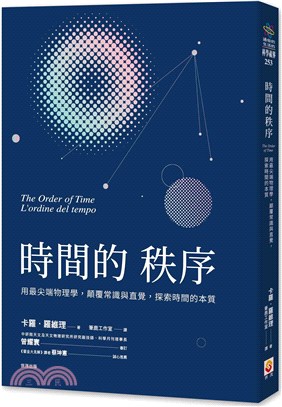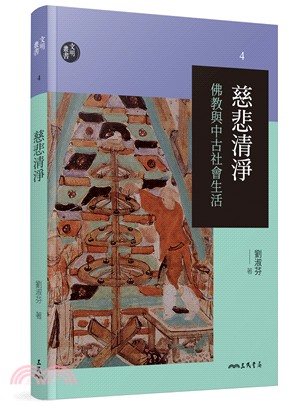The Renaissance Man: Portrait of a Spymaster
商品資訊
定價
:NT$ 800 元無庫存,下單後進貨(到貨天數約30-45天)
可得紅利積點:24 點
相關商品
商品簡介
商品簡介
The Renaissance Man revolves around a period of history that transitioned humanity from the Medieval Ages into modernity. Associated with unprecedented social change, this era is best known for the revival of classical antiquity.
Scholars suggest it started with the 1st scientific study of perspective. It was introduced in a treatise named De pictura, published in 1435. The author, Leon Battista Alberti (1404-1472). He was an Italian polymath (author, lawyer, artist, architect, poet, priest, linguist, philosopher, and cryptographer) - the ultimate Renaissance Man. Considered "the father of cryptography," Alberti was synonymous with secrets. The Vatican hired Alberti to construct more than buildings. He analyzed protocols to prevent outsiders from reading private info for the Church. Alberti introduced the polyalphabetic cipher to conceal classified information. His methods of encryption used art, writing, and mechanical aids. Espionage, or foreign intelligence, is the missing link in historical scholarship. Alberti had plenty of time in Rome to study its old sites, ruins, and objects. His other major work, De re aedificatoria (1452), clearly emulates De architectura by Vitruvius (30 BC). Looking further into Vitruvius, I read about this Russian mathematician named Anatoly Fomenko (1945-). He developed a statistical method that, professedly, proved Alberti was Vitruvius. I immediately started thinking about da Vinci's text, written in mirror writing. His Vitruvian Man came from the proportions of the human body, as described in Vitruvius' De architectura 3.1.2-3. Alberti's most important patron, Pope Nicholas V (1397-1455), is well documented to have funded translations and architecture related to the distant past. Conveniently, the final decline of the Byzantines, hence the Roman Empire's fall, was under Pope Nicholas V's watch. The fall of Constantinople (1453) led to the migration of scholars and texts directly to Alberti (and his colleagues). Alberti was a pioneer in Italian grammar. Such properties led to the modern linguistic styles we hear today. Ironically, the invention of a mechanical movable type called the Printing Press popped up simultaneously. This was widely regarded as the most critical event of the 2nd millennium. I think a full range of counterfeits ensued here, including the most famous historians, poets, playwrights, and philosophers. Most of which are superimposed "phantoms" of 15th-century figures. Cataclysms like the Black Death reduced the world population in half during this time. Such catastrophes mirror events with remarkably similar characters over vast periods. I believe plague enabled Alberti to assign different dates and locations to various accounts of the same recorded events, creating multiple "copies" of these events. I borrow from the late Julian Jaynes, a psychologist at Yale who built a case for behavioral modernity, stating that "human brains existed in this schizophrenic (bicameral) state until as recently as the Bronze Age." Jaynes cites evidence from many diverse sources, including Homer's Iliad and the Epic of Gilgamesh. I then fused Alberti's narrative with aspects of Fomenko's conspiracy theory, arguing that events of antiquity occurred much later. His dating methods further suggest the House of Medici's Vatican has widely falsified all history before 1600. 3 inventions, in particular, the printing press, firearms, and the nautical compass, were invented in Alberti's lifetime. Such innovations allowed spies to communicate, exercise power, and finally travel at distances unimaginable in earlier times. For example, the Florentine cosmographer Paolo Toscanelli and Alberti collaborated in map-making through astronomy (a close science to geography at that time), producing "Descriptio Urbis Romae." Toscanelli provided Columbus with the map that guided him on his 1st voyage. 主題書展
更多
主題書展
更多書展本週66折
您曾經瀏覽過的商品
購物須知
外文書商品之書封,為出版社提供之樣本。實際出貨商品,以出版社所提供之現有版本為主。部份書籍,因出版社供應狀況特殊,匯率將依實際狀況做調整。
無庫存之商品,在您完成訂單程序之後,將以空運的方式為你下單調貨。為了縮短等待的時間,建議您將外文書與其他商品分開下單,以獲得最快的取貨速度,平均調貨時間為1~2個月。
為了保護您的權益,「三民網路書店」提供會員七日商品鑑賞期(收到商品為起始日)。
若要辦理退貨,請在商品鑑賞期內寄回,且商品必須是全新狀態與完整包裝(商品、附件、發票、隨貨贈品等)否則恕不接受退貨。















